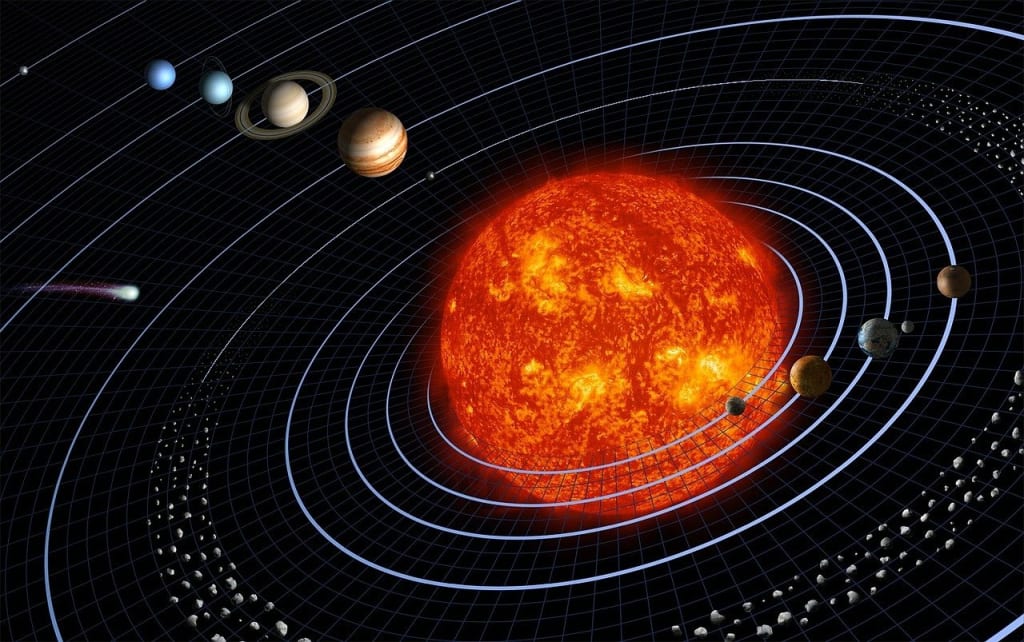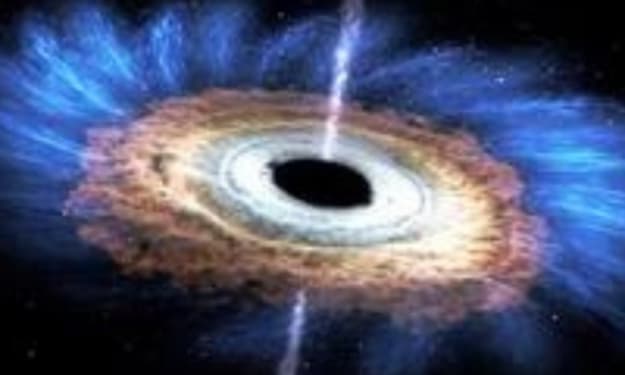A "WALL" is found at the Edge of our Solar System
Planetary Bodies

In the previous century, we've learned mind-boggling sums about our nearby planet group However, what do you think lies at the very edge of haziness—the entryway to another aspect? Perhaps when does our nearby planet group converge into different pieces of the universe unaffected by the Sun in the middle? Now, after quite a while of sending tests into space, we're at long last starting to find a few solutions We should discuss the design of our planetary group the inward piece of our nearby planet group, first of all, is genuinely and surely known because, well, our planet exists in it; there's the Sun at the middle, a planet that circles billions of space rocks and comets are held in gravity and masses of gas and residue twirl around near the Sun.
Our four rough planets Mercury Venus Earth and Mars Past Mars is space for another planet and a material present that might have shaped into one if not for the monstrous gas monster Jupiter that comes next Following Jupiter comes Saturn another gas planet and afterward, pick more modest, colder gas planets Uranus in Neptune: Past Neptune, things are more scattered with a lower gravitational draw from the Sun; billions of clusters of rock and ice are in circles, never themselves framed into planets; the belt of comets farther than Neptune is known as the Kuiper belt; and the colossal air pocket of materials around the nearby planet group is known as the Oort cloud, now at the focal point of the nearby planet group around which all the other things circle.
The Sun applies its impact to the furthest reaches with the two forces of gravity, and the particles produce these charged particles far out into space from the Sun every which way, making a circle around it called the heliosphere. This connects around eleven billion miles, where the distance is identical to multiple times the separation from the Sun to the Earth. The further these particles go, the less energy they have, and at the edge of the nearby planet group, the energy of uncharged hydrogen iotas in interstellar space stands up against those discharged by the Sun, and this limit is known as the hello limit. Leo Paz: It's accepted that here there is a development of hydrogen molecules from interstellar space, and this undetectable wall dissipates approaching bright lights. With the tremendous distances required, there have only been two spacecraft that have gone through the heliopause: Explorer 1 in 2012 and Void in 2018.
It was from these space apparatus that we originally got confirmation that the edge of the nearby planet group existed where it was and regardless of whether it extends and contracts yet later tests have shown us much more about the new Skylines space apparatus which as of late directed a flyby past Pluto and the Kuiper belt utilized as Alice UV spectrometer to take readings of the heliosphere somewhere in the range of 2007 and 2017 it identified a bright sparkle on the limit where the sun oriented particles hit the hydrogen iotas past and this is known as the Lyman-alpha line this gleam can be seen across the whole planetary group yet it's more extraordinary at the edge of the planetary group did elsewhere anyway the hypothesis and understanding behind this peculiarity isn't seen at this point.
So New Skylines will keep on gathering information two times per year as an excursions more profound into space in the long run it won't itself cross the limit conceivably in no less than 15 years and with the new innovation on board it can assist us with revealing more data about this secretive locale and as it is such a long ways out it appears to be a botched an open door to send a test to investigate the external edge without first visiting other neglected regions inside the planetary group the Explorer tests just arrived at an edge since they keep flying after the mission finished and New Skylines is just barely expected to stay functional when it arrives at it since the disclosure of the boundary there are currently requires a particular mechanical test to make the excursion on the off chance that the proposition is acknowledged it ought to have the option to arrive at the edge multiple times quicker than the explorers and could arrive at his objective in under decade heading out to a distance of 90 billion miles from the Sun.
It will want to investigate the district and afterward send back the information to respond to probably the greatest inquiries that remain unanswered about the planetary group. Every time another test is conducted to investigate the planetary group, something different is found that provokes the curiosity of specialists considerably further. The puzzling limit between our sun's impact and interstellar space truly is as yet unclear, yet the new skylines and future stars will truly draw us a ton closer to a superior comprehension.
About the Creator
Enjoyed the story? Support the Creator.
Subscribe for free to receive all their stories in your feed. You could also pledge your support or give them a one-off tip, letting them know you appreciate their work.





Comments (1)
Amazingly great